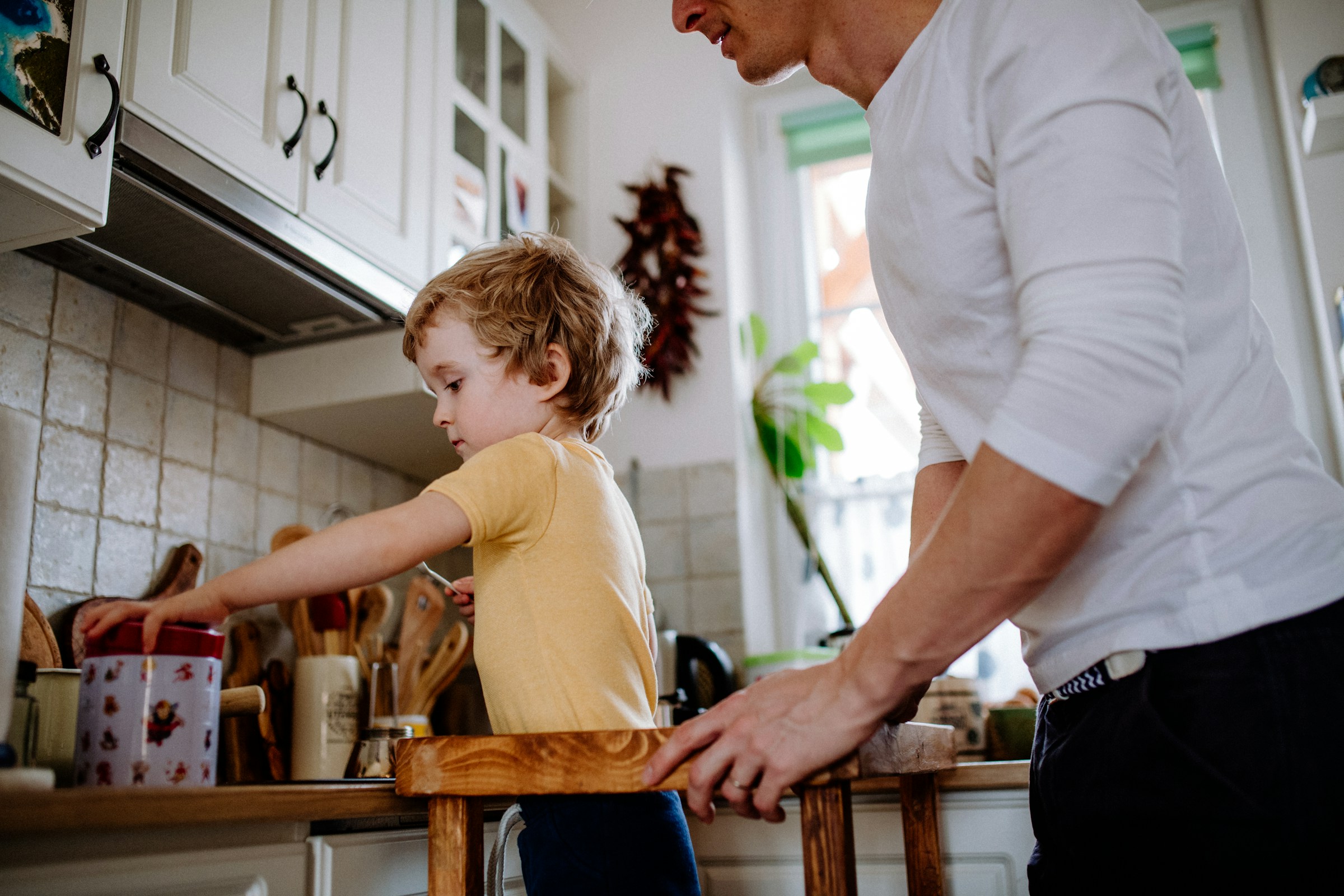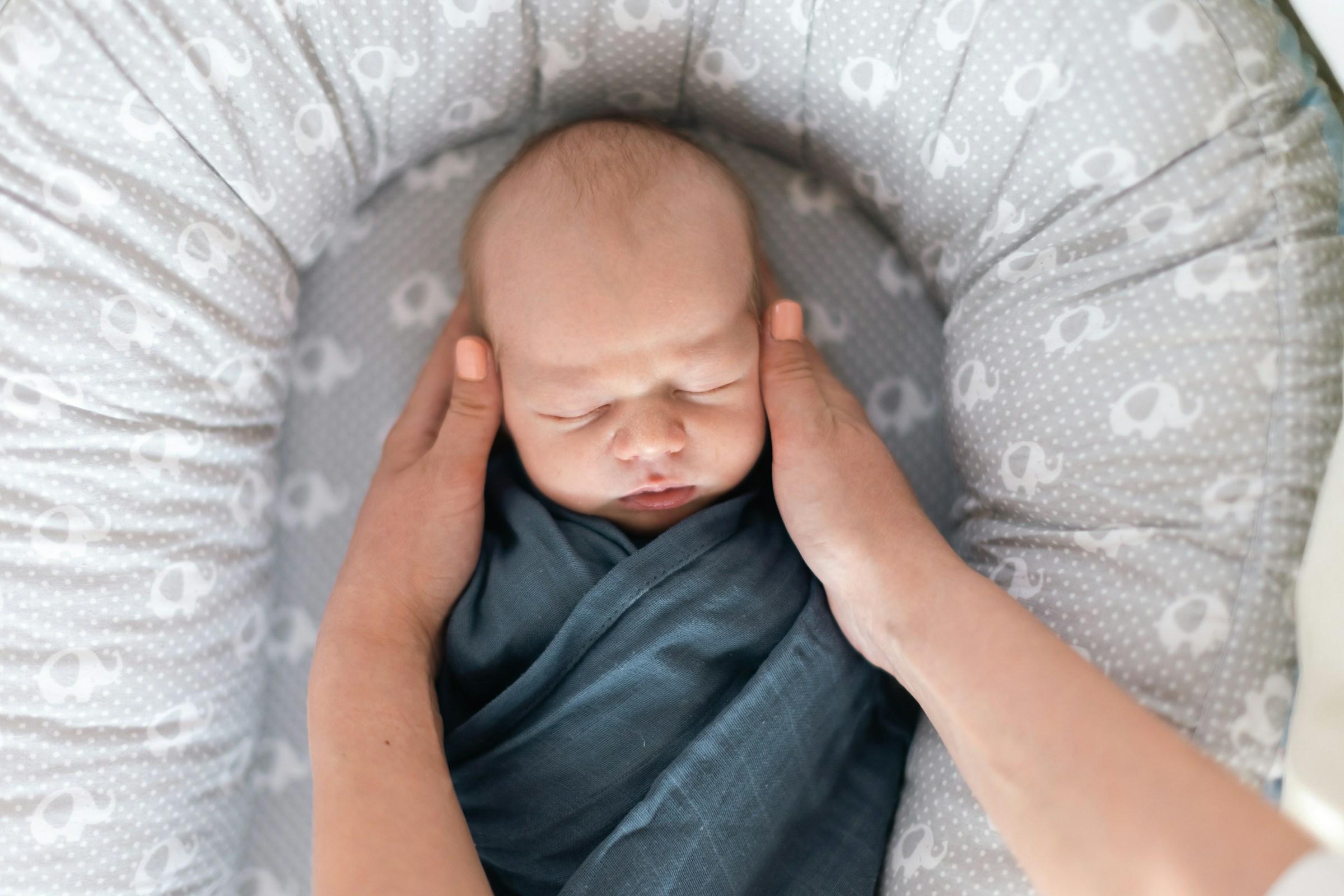The question sounds so simple that it could sit under a cheerful video of theme park rides and gummy bears: should you always say yes to your kids. It promises an easy philosophy of love, as if permission alone could purchase joy. But the bright permission that glows on a screen looks different at home in the middle of a weekday evening when a sink is full, a deadline is blinking, and the blue plastic cup is trapped in the dishwasher again. Online, yes looks like confetti. Offline, yes collects a bill in time, money, energy, and sleep.
The popular idea of a “yes day” did not begin with short videos, though the format gave it a drumbeat and an audience. Parents film pancakes for dinner, art projects that explode across the floor, backyard tents sagging under fairy lights. The comments fill with goals and heart emojis and a chorus of people promising to try it next weekend. The message is seductive. Childhood is short, so say yes. Against the heaviness of adult life, this advice feels like a simple door to wonder.
Part of the appeal sits in a deeper cultural shift. Many adults remember households where no landed like a brick and needed no explanation. Authority was its own reason, and feelings were expected to move around it. Now the language of consent and respect has moved into kitchens and living rooms. Parents ask for permission before posting photos. Children are allowed to decline hugs. A generation is trying to model dignity as a daily practice. In that landscape, saying yes can feel like proof of love and proof of change. It is the cleanest way to tell yourself and your child that you are not repeating old mistakes.
Yet yes has a shadow. Children are gifted scientists. They test a rule, watch what happens, and carry their findings forward with perfect accuracy. If yes is a prize for loudness, the volume will rise. If yes is a bandage for adult guilt, children will sense the tear beneath and pull at it. The problem is not the occasional treat or the unplanned trip. It is the pattern that settles under the highlight reel. When the day is boundaryless, the mood becomes boundaryless, and eventually someone pays the cost with a tantrum, a headache, or a budget that cannot stretch any further.
Digital life adds pressure to the experiment. Visibility rewards spectacle. A cinematic yes travels farther than a quiet no, particularly when strangers are weighing in with incomplete information. Viewers cannot see the rent, the shift work, the food sensitivities, or the sleep debt that shaped a family’s choice. They can only see the balloon, not the knot that holds it. Parents know this, and still the attention economy nudges them toward the grand gesture. A generous clip is easier to share than a patient routine.
There is another force at work that rarely trends because it is not flashy. Attention is the currency that children recognize most clearly. Not the expensive toy, not the big day out, not the special dessert. The real treasure is the grown up who notices, explains, and sticks around. Boundaries, when offered with that attention, feel like scaffolding rather than punishment. They make a child’s world sturdy. Inside that structure, a well placed yes blooms into delight. Without it, every yes becomes a stress test on brittle beams.
Imagine an ordinary Tuesday with no audience. A parent says yes to the messy painting session because the plan includes time to clean up together. A parent says no to the fifth cartoon because the nervous system is already frayed and the meltdown is hovering. A parent says yes to the rain walk and no to the toy aisle, then stays close while the disappointment rolls through, not turning it into a sermon about gratitude or a referendum on character. None of that will go viral. All of it builds a culture in which a child learns that feelings are safe, limits are real, and love does not require either side to pretend.
Culture is the habit of a household. It is what people do without thinking. Online, yes looks like freedom. At home, yes is a dial. It can open the day, but it cannot run it. When the dial is stuck open, a child learns that the world will bend if they push hard enough. When the dial is rusted shut, a child learns that asking is risky. Most families are in the hallway with their fingers on the knob, adjusting it to match the weather and the week.
Yes also creates work that often slides out of view. The late bedtime becomes a rough morning. The extra sugar becomes an afternoon crash. The impulsive purchase becomes a smaller grocery run later in the month. None of this cancels the value of joy. It simply names the way joy moves through a calendar and a budget. Routines are the quiet heroes here. Children read stability like a second language, and it tells them that the world is trustworthy. In that context, a surprise yes sparkles. In a shaky routine, the same yes can feel like a gust of wind in a house with loose windows.
There is the matter of audience judgment too. Posts that declare we said yes and it changed everything tend to be bookmarked and shared. Posts that say we said no and sat with the tears are rarely rewarded, even though they capture one of the most important lessons a child can learn. Disappointment is survivable. Wants are valid, and so are other people’s needs. Love remains steady when the answer is not the one you hoped to hear. That is not repression. It is preparation for life with other humans.
Listen to children and you can hear their side of the story. They want to be told the plan. They want choices that feel real. They want to be taken seriously. They also want the railings. This is not a contradiction. Autonomy expands when there is a floor to stand on. In that sense, no is not the opposite of love. It is the boundary that gives yes its meaning.
None of this is distributed equally. Class and time shape the kind of yes a family can offer. A day of tickets and takeout is not the same as a day of library cards and puddles, though both can be magical and exhausting. Pretending they are identical flattens families into content and smuggles shame into homes that do not deserve it. What most children remember is not the receipt but the mood. They remember the look on a parent’s face, the way the room felt unrushed, the calm that arrived after the feelings had their turn.
So should you always say yes to your kids. The cultural answer is no, because absolutes fall apart when they meet a real day. The algorithmic answer often looks like yes, because absolutes are simple to package and sell. The lived answer is quieter. It says yes to presence and no to performance. It says yes to a child’s agency and no to impulse marketing that confuses novelty with care. It says yes to being seen and no to measuring love by how many times the word yes appears in a video caption.
The power of the question is that it reveals a generation trying to repair something. People want kinder homes. They want to break patterns without breaking themselves. They want children who feel safe enough to ask and strong enough to hear no. They want a relationship rather than a rulebook. That kind of work is not a trend. It is the slow build of ordinary days, repeated until they become the story a child carries into the world.
In the end, the question works like a mirror. It reflects the family you are becoming when nobody else is watching. Some days the reflection is sticky fingers and laughter and a yes that tastes like fresh mango. Some days it is a small heartbreak held with steady arms and a no that sounds like care. Both belong to childhood. Both belong to love.






.jpg&w=3840&q=75)







